Adam Fisher, Author of Valley of Genius

Cool Tools Show 139: Adam Fisher
Our guest this week is Adam Fisher. Adam grew up in Silicon Valley, playing Atari, programming computers and reading science fiction. He still lives in the Bay area, but now spends his time thinking about the future, tracing its origins and writing about it for Wired, MIT Technology Review, The Economist, and The New York Times Sunday Magazine.
Subscribe to the Cool Tools Show on iTunes | RSS | Transcript | Download MP3 | See all the Cool Tools Show posts on a single page
Show notes:
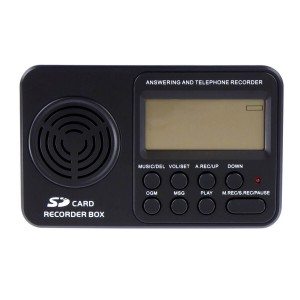
RecorderGear TR500 Landline Phone Call Recorder ($119)
“It’s just super simple. If you have a landline you just plug it into the landline, plug the phone in and you can record at any time, which for a journalist, is super key. One button, and it writes to [an SD card]. I used to use Skype recording and try to do voiceover IP to record directly to the landline, but I was always getting problems where I’d have problems with Skype or one of the other IP services. …You can set [this] up so every time you answer that phone, it records. I use Google Voice and it’ll ring my cell phone and ring the landline at the same time.”
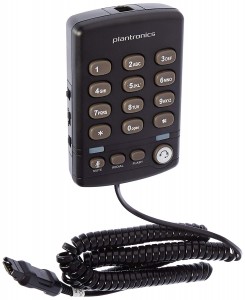
Plantronics Handset Landline Telephone ($90)
“This is a landline telephone that is only a headset. …There’s a dial pad and to answer it, you have to press the little button that looks like a headset. This is what professional sales people use that are on the phone all day or people in call centers use. It’s for them. The reason I love it is because I can just be interviewing someone while I’m on the computer, while I’m taking notes with my fingers, while I’m looking something up on Wikipedia. … I have it set up to the [RecorderGear].”
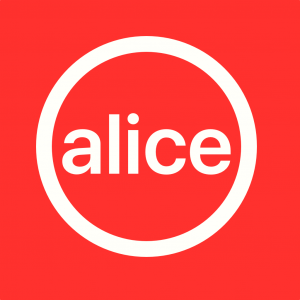
Alice — audio and transcription app
“I get this LinkedIn message … it was like, ‘Hey, I’m an app developer and you’re a journalist and I really like your story. If I were to develop a transcribing app, what would it look like? What would you need?’ …Long story short: turns out it’s a real dude … He’s a software developer, works for a big company in San Francisco and this is his side hustle. … Three months later, he shows me something, says it’s called Alice and oh my god, it’s not just to my spec, but he took it and made it much better. … It just went into public beta, so anyone who’s listening to this will literally have the first crack at this. … It’s a one button thing. If you press it, it’s on and it’s recording and it’ll just pick up the first couple words [and] that will be the title. You don’t have to name the file and it will record where you are, because it has it on a map when you did it … and it’s recording in such a way that it’s both pushing it to the coud and writing it to the solid state memory in the phone at the same time. Even if IOS crashes, you have it. Even if someone takes your phone at the border or says, “Give me your phone,” or puts a bullet through it, you still have the recording. That’s not all. Five minutes after the recording stops, whether there’s a bullet through the phone or you just press stop, not five minutes, five seconds if it’s a shorter thing, it’ll come back transcribed. It uses the Google API to do the transcription, so it’s basically the best transcription you can get, AI.”
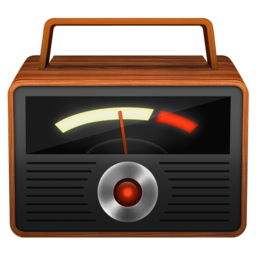
Piezo — record audio from any application
“[Piezo] is from this little Mac only software company called Rogue Amoeba. They make this tool which is just a little piece of software. I have it in my little toolbox at the bottom. Often, when I’m in person, like Kevin, I interviewed you once, I had just a USB mic and I put it in front of you and I had the computer on and what I did is I launched Piezo … and it has this scewamorphic-like GUI. It looks like a piece of recording equipment with level, that there’s only one button. Then you press the button and that’s just red and so you know you’re recording and you can see the levels. What’s important is that the levels do not go on if you’re not recording. It just records right to your hard drive or solid state and you have it. There’s no fussing with getting the SD card out and getting the reader and getting it in. It’s my favorite way to record when I’m in person and it’s the one piece of software that I’ve never messed up, but there’s nothing to it. That’s what I like.”
Also mentioned:
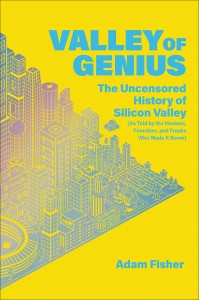
Valley of Genius: The Uncensored History of Silicon Valley (As Told by the Hackers, Founders, and Freaks Who Made It Boom)
“The first thing to understand about the book is it’s this niche, non-fiction genre called oral history and what it really is is more like a documentary film than a normal book. I interviewed about 200 people, a lot of billionaires, but also a lot of their interns and proteges and secretaries and helpers and asked them how they did it, how they created their contribution to Silicon Valley. Then I would cut those interviews together, like you’d cut together a documentary film. … I get those transcripts and I cut it together as if they were all in the same bar, drinking and swapping stories and arguing and giving you a really 360 kind of view of what happened. In a sense, it’s not me telling you, the reader, what the story of Silicon Valley is, but the people who actually made Silicon Valley telling you the story of what Silicon Valley is.”
We have hired professional editors to help create our weekly podcasts and video reviews. So far, Cool Tools listeners have pledged $378 a month. Please consider supporting us on Patreon. We have great rewards for people who contribute! – MF
09/7/18








